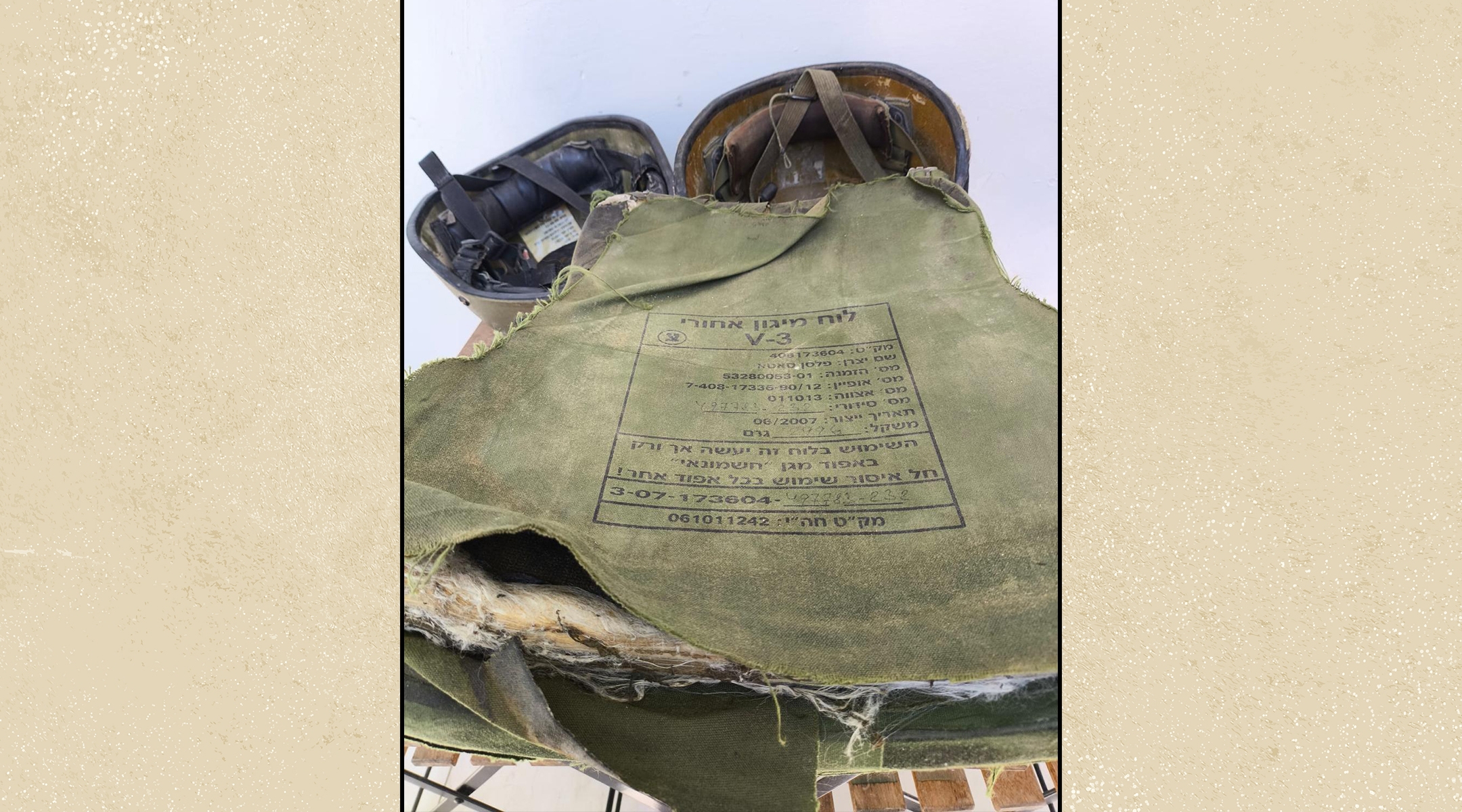A new website quietly launched by the Israeli military allows soldiers to anonymously check whether their safety equipment meets official standards. This move hints at the prevalence of donated gear and raises concerns about the safety of army-issued equipment.
Since the beginning of the war in Gaza, there has been ongoing debate about whether the army is adequately equipping troops with protective gear. The military has previously claimed to provide everything necessary, while cautioning against donated gear as potentially dangerous. However, the recent launch of the website acknowledges the potential risks associated with certain army-issued combat gear.
For example, the website stipulates that ceramic body armor plates manufactured before 2009 and metal helmets issued by the army must be replaced for safety reasons.
Throughout the war, a volunteer network has supplied soldiers with donated gear worth millions of dollars, highlighting concerns about outdated and unsafe equipment. The website launch validates the efforts of these civilian watchdogs who have been advocating for safer gear for soldiers.
The website confirms that the use of substandard equipment has resulted in combat injuries and fatalities. While it does not attribute any specific incidents to army-issued gear, it underscores the importance of ensuring that soldiers have access to safe equipment.

A damaged body armor plate manufactured in 2007 that was issued by the Israeli army to a soldier. (Courtesy of Unit 11741)
Since the start of the ground offensive last October, over 400 Israeli soldiers have been killed and 12,000 injured in combat in Gaza, Lebanon, and other regions. Despite ceasefire agreements, hostilities persist in some areas. Efforts to negotiate a truce and secure the release of hostages have faced challenges.
The army prohibits soldiers from accepting donations, citing difficulties in monitoring compliance with safety standards for dispersed donations. The launch of the website is a response to the influx of non-standard equipment into units during the war, aiming to ensure that all gear meets safety requirements.
The website allows users to check the compliance of helmets, ceramic body armor plates, and tactical goggles. By answering a series of questions, soldiers can determine if their gear is safe or in need of replacement.
While the website addresses the issue of gear safety, concerns remain about superficial checks that may overlook significant damage to newer equipment. Some critics argue that the website’s evaluation criteria are too simplistic.
Despite limited publicity, the website has gained attention, thanks in part to efforts by individuals like Micha Shtiebel, a combat reservist advocating for equipment safety. Shtiebel’s persistence and collaboration with military departments have led to improvements in testing and equipment standards.
The launch of the website marks a significant step towards addressing equipment safety concerns within the Israeli military. While challenges remain, the initiative reflects a commitment to ensuring the well-being of soldiers on the battlefield.
Support the Jewish Telegraphic Agency
Help ensure Jewish news remains accessible to all. Your donation to the Jewish Telegraphic Agency powers the trusted journalism that has connected Jewish communities worldwide for more than 100 years. With your help, JTA can continue to deliver vital news and insights. Donate today.
